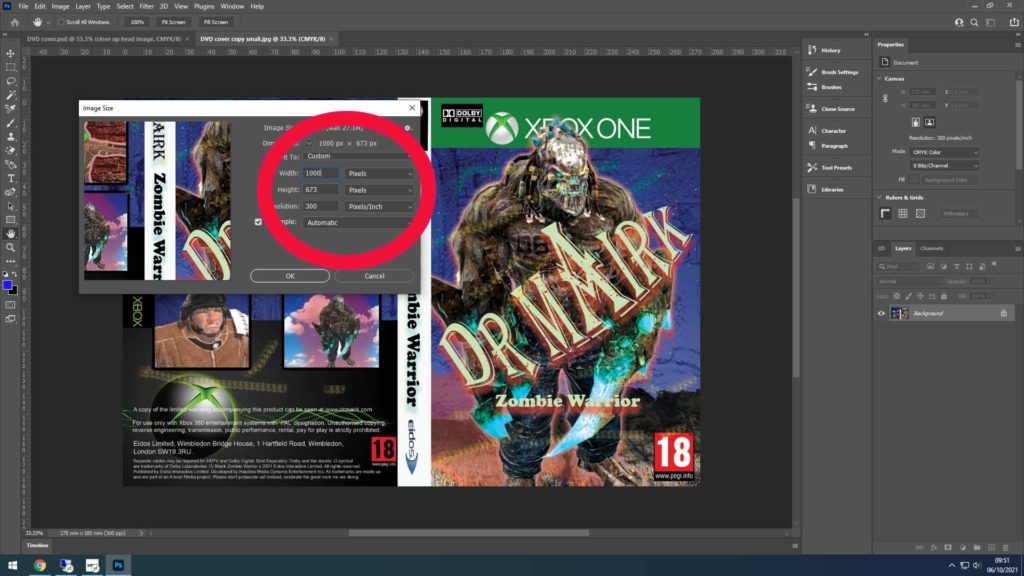DEADLINE TO COMPLETE YOUR GAMES COVER IS TUESDAY 5th OCTOBER
Think about what you would produce as a video games box inlay product and write up the following in a new post (which is linked to the NEA assessment criteria – click on file link below to see how you will be assessed)
Use the following categories: Production
Task 1:
1. statement of intent (100-150 words)
2. Media Language (codes, conventions, signs, elements of real print product). Put another way: how did if follow your style model? (50 – 100 words)
3. Representation / content (use key language ) (50 – 100 words)
4. What kind of company would make your product? What kind of audience would consume it? (50-100 words)
Task 2:
Sketch out a design for your games cover on an A4 piece of paper. Take a photo of your sketch and upload this to your blog (essentially both task 1 and task 2 are your planning documents).
Task 3:
Create a DVD games box cover (back and front). The dimensions are 275 mm x 185 mm with a 300 dpi resolution (because this is essentially a print product). Include spine guides, the first at left is at 130 mm add a second guide to have a spine of 15 mm.
Task 4:
Please upload your finished product to the blog (as a JPEG) and print it out on a piece of A4 paper. Do this by the end of the week. Categorise your post as PRODUCTION.
If your JPEG is too big to upload then open up the file in Photoshop and reduce the file size. You can do that by selecting IMAGE > IMAGE SIZE and REDUCING THE BIGGEST NUMBER TO 1000 PIXELS.
Task 5:
Re-design your Game Cover / Inlay box card to produce a completely opposite representation of your product. So if it was reactionary, make it radical, if it was positive make it negative, if it was stereotypical make it countertypical. Please remember that we are a school – so don’t go too controversial – it would still need to be a recognisable media product that is aimed to sale.
Some advice for content
In other words, you are looking to change more than the surface of your product! At the heart of your product you are (RE)-PRESENTING A SET OF ATTITUDES, VALUES, BELIEFS (what is known as ideology), so your new product will be a complete reversal (or antithesis) of your first production.
In this way, we should be able to recognise that media products are a set of selected elements that construct an ideological representation of ( . . a thing, a group, a set of . . . for example: gender, race, ethnicity, sexuality, nationality, regional identity, economic identity, global identity and / or ideas around key issues such as the environment, conflict, violence, space, morality, ethics etc etc etc)
Some advice for the process
I would suggest that you open up your old file and save it as a new file name. I would imagine that you will:
- Change the colour scheme
- Change the title
- Change your main character
- Adjust and change a couple of your screen grabs
When you have finished upload the JPEG copy to the blog (as we know PSD – photoshop files do not upload to the blog)
I will give you a mark out of 10.
- 5 points for completing the exercise.
- 5 points for each bullet point that shows the changes you have made.



